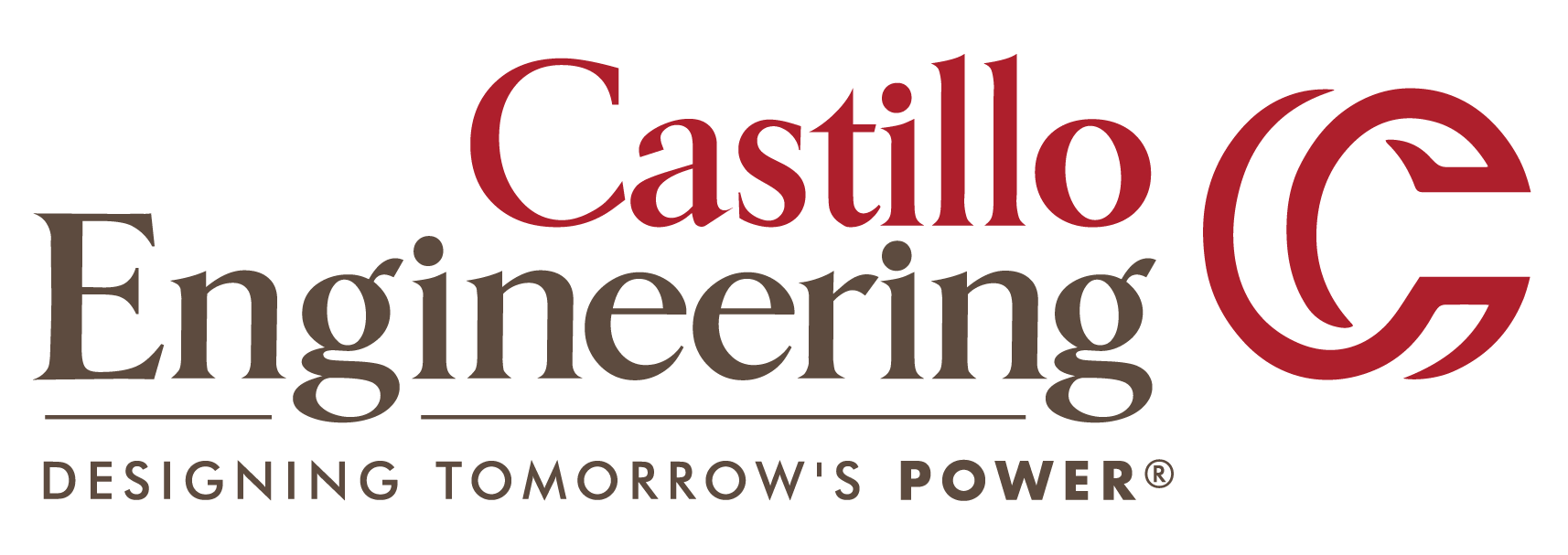
The National Electrical Code (NEC) sets the standards for electrical installations, including photovoltaic (PV) systems. Over the years, the NEC has updated its fusing requirements in response to advancements in inverter technology. This article reviews the evolving fusing requirements in NEC 2014, 2017, and 2020.
NEC 2014: Dual Fusing Requirement
The NEC 2014 required fuses on both the positive and negative terminals of photovoltaic (PV) strings to provide overcurrent protection on both sides of the circuit. This reflected the inverter technology available at the time, where most inverters required protection on both the positive and negative sides of the array. The dual fusing was considered necessary to prevent damage to wiring, inverters, or other components due to short circuits or overloads.
While this approach was standard in PV system design at the time, technology has advanced since. Modern string inverters began integrating internal overcurrent protection on the positive side, which made the requirement for dual fusing redundant in many cases.
NEC 2017+: Shift Toward Single Fuse Protection
The NEC 2017 and newer revisions acknowledge the advances in inverter technology, especially with the adoption of inverters that incorporate internal overcurrent protection on the positive side.
This shift eliminates the fuse requirement on the negative side of the PV strings, making the installation process simpler and more cost-effective. Most string inverters used in the community solar space only require a fuse on the positive side. This design improvement streamlines installations by reducing the need for additional components, cutting both material and labor costs.
The revision also helped align the NEC with the evolving capabilities of modern inverters, which are engineered to meet higher safety standards without the need for redundant external fusing. As a result, the revision reflects the increased efficiency and safety of PV system designs.
NEC 2020: The 2020 NEC did not introduce major changes to the string fuse requirements. However, it did provide additional clarifications for exact equipment specifications, particularly determining whether internal protection is sufficient and ensuring that overcurrent protection devices are rated appropriately for the system design. The main principle of single-fuse protection on the positive side, as introduced in 2017, remained consistent in 2020.
How Castillo Puts NEC Codes into Practice: Collaboration with AHJ, Manufacturers and EPCs
Thorough due diligence, strong project management, and engineering expertise helped Castillo Engineering’s team resolve NEC fusing requirement challenges for two Illinois 3 MW DC PV projects.
The project team worked closely with the AHJ, the client, and the inverter manufacturer to ensure compliance with evolving NEC fusing requirements and balance code interpretation with modern inverter capabilities. By addressing key issues early in the process, Castillo Engineering successfully navigated the fusing requirements and streamlined the project, saving both time and costs for the client.
Resolving AHJ Query on String Fusing
Originally, the AHJ for these projects used the NEC 2014 code – which posed a challenge for using the CPS 250kW inverter, the best fit for these projects.
Although NEC 2014 mandates fuses on both the positive and negative terminals of each PV string, modern inverters like the CPS 250kW provide sufficient protection through their internal mechanisms. The CPS 250kW inverter (SCH275KTL-DO) system has internal overcurrent protection on the positive side of the inverter, making it possible to omit the fuse on the negative side of the string. The inverter’s internal overcurrent protection on the positive side ensures the system remains safe without the need for a fuse on the negative side.
Castillo Engineering worked with the AHJ to explain these advancements, noting that the NEC 2014 did not account for newer inverter technology. After presenting technical documentation, including the inverter’s internal protection features, the AHJ agreed to accept the updated interpretation of the code, allowing for single-fuse protection on the positive side.
Resolving AHJ Query on DC Feeder Fusing
In another project, the AHJ requested fusing on the output DC cable from the combiner box to the inverter. While fusing is a common industry practice, understanding the specific inverter specifications and code is critical to navigating these requests without impacting the project’s timeline and budget. In this case, the requirement for fusing was questioned, and Castillo Engineering worked with the inverter manufacturer to provide clear documentation that justified the decision to omit the fuse.
The inverter's specifications provided critical data to clarify the fusing requirements. The input source feedback current was confirmed as 0A - no substantial current flowed back from the array to the inverter. Additionally, the contribution to the peak short-circuit current during Fault Ride Through (FRT) operation was 193A, which falls within the acceptable limits.
With this information, Castillo Engineering demonstrated that the inverter's internal protection was sufficient to meet safety standards, so no additional fusing was required for the DC feeder between the combiner box and the inverter.
Keeping Projects On Track, Within Budget, and Up to Code
Castillo Engineering emphasizes the importance of due diligence and collaboration with all project stakeholders, including manufacturers and AHJs. The team ensures efficient solutions that keep the design and installation process on track by staying informed on the latest code changes and making key decisions—such as fusing requirements—early in the project.
This proactive approach helps avoid delays, reduces costs, and ensures that clients benefit from the most up-to-date technologies while maintaining safety and compliance throughout the project lifecycle. Thorough planning and clear communication help Castillo Engineering deliver value by saving clients time and money.
